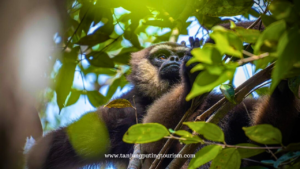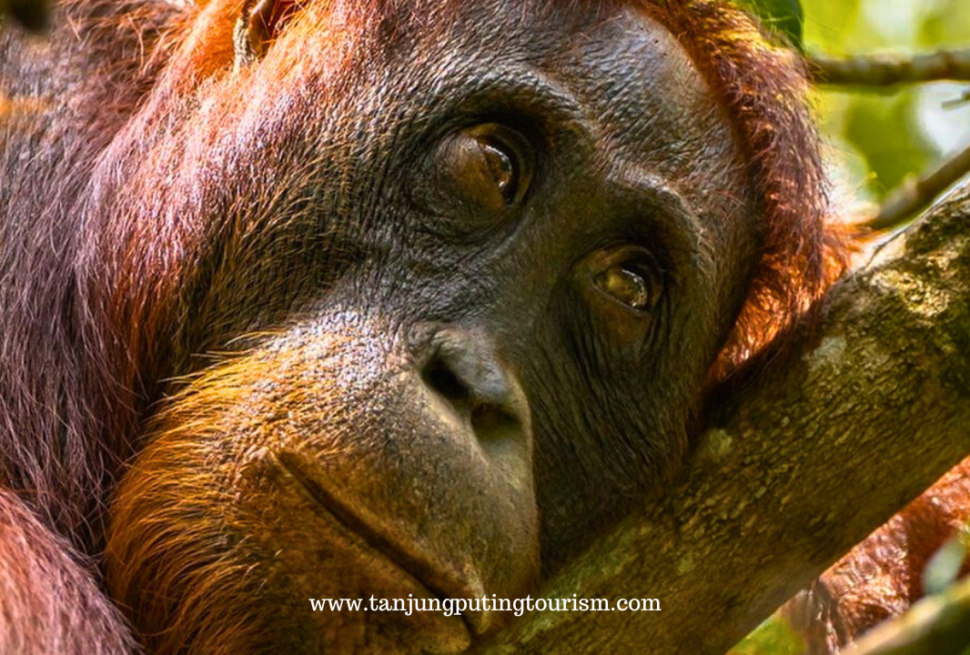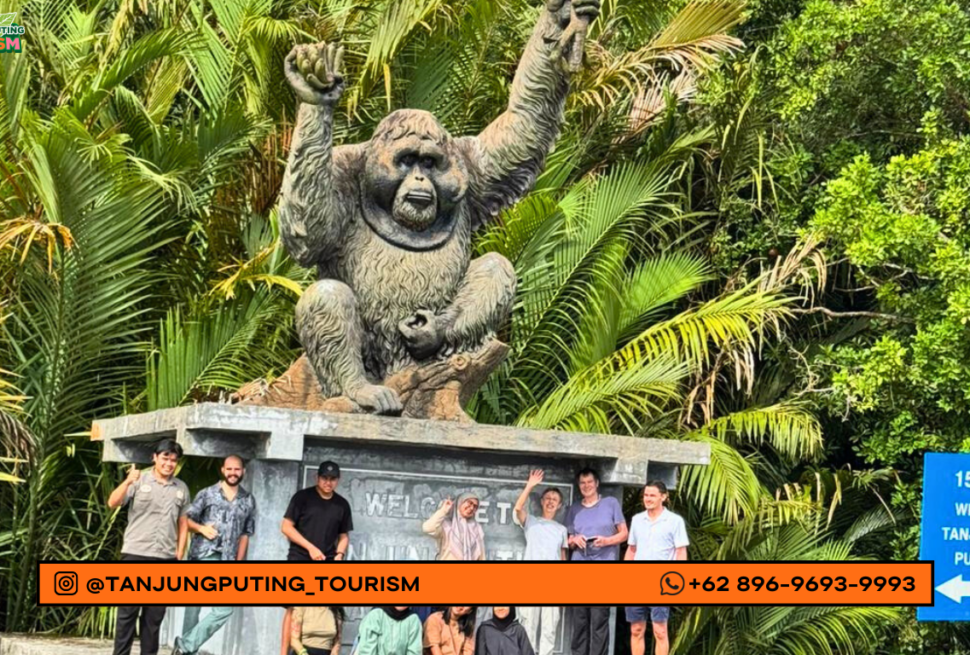Head into the jungle to see orangutans and other exotic tropical animals and start discovering what Tanjung Puting National Park is really like. Tanjung Puting is in Central Kalimantan. The stunning forest surroundings make this incredible place a must-visit if you love outdoor adventures.

Because the plants in Tanjung Puting support a large animal population, the park is one of the most important places in Southeast Asia for the conservation of primates, birds, reptiles and fish. To get to Tanjung Puting National Park, the most popular transport is 'klotok'. Klotok is the name of a traditional motorized boat used on the rivers in Kalimantan. The klotok used measures around 3m x 12m, consisting of two floors. The ground floor is used by the captain, klotok crew, cook and driver. While the main floor (top) is occupied by passengers or tourists and used as a place to rest, dining table and sleeping facilities.
The first stop is Tanjung Harapan, 15 kilometers from the mouth of Sungai Sekonyer. In this camp there is a plot of land planted with medicinal plants that are endemic to the island of Kalimantan. There is also an information center that contains information about local endemic plants and also about orangutans. The evening is the perfect time to observe a herd of proboscis monkeys (English: proboscis monkey). During the night, proboscis monkeys stay in groups on trees, especially by rivers. While during the day they look for food in the forest. Evening and morning are the best times to observe proboscis monkeys, they are easy to find by the river, and the sun is still shining so it is not difficult to observe them. The physical characteristic of the proboscis monkey is that the male has a long and large nose, and the larger the nose, the more favored by the female.

Travel to Pondok Tanggui. just like Tanjung Harapan, the main attraction of Pondok Tanggui is the orangutan. At Pondok Tanggui, eating starts at 9 am, from Pondok Tanggui pier to the eating place it is a 1 kilometer walk for 25 minutes. From Pondok Tanggui, the journey continues to Camp Leakey, which is where orangutan research began. Camp Leakey is located on Sungai Sekonyer Kanan which is a tributary of Sungai Sekonyer which is smaller than Sungai Sekonyer. Unlike Sungai Sekonyer which is brownish due to community activities and farming upstream, Sungai Sekonyer Kanan is black. This branch is located about 7 km from Pondok Tanggui jetty upstream, and the journey takes 45 minutes. From the Camp Leakey jetty you have to walk on a wooden board for 400 meters to reach the center of Camp Leakey. Camp Leakey has an information center which consists of various types of information about orangutans such as their food and habits. Here is a photo of Birute Galdikas on the cover of National Geographic in 1975, and his son, Fred Galdikas, bathing with an orangutan on the cover of National Geographic in 1980. There is also a wall filled with orangutan genealogies in the area. around Camp Leakey.




